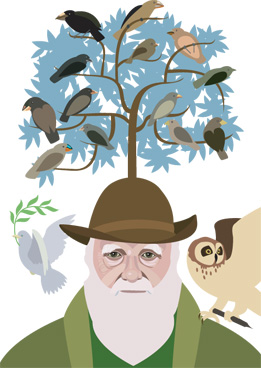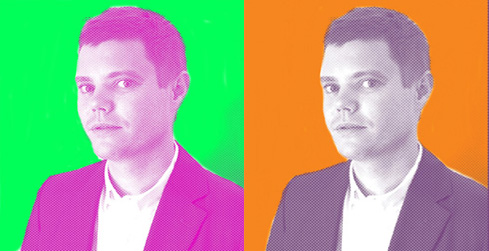 Summer 2012
Summer 2012
Talent From Down UnderAlready known for its global reach, The Andy Warhol Museum recently expanded its international perspective by hiring Australian native Nicholas Chambers as its new Milton Fine Curator of Art. The Aussie is no stranger to The Warhol. Before taking the Pop art reins in late April, Chambers was curator of contemporary international art at the Queensland Art Gallery in Brisbane, where in 2007 he collaborated with The Warhol staff on a large survey of Andy Warhol's work. "Not only is he a deeply talented curator with a far-sweeping world view," says Warhol Director Eric Shiner, "but his international background, keen intellect, and affable personality will add to Pittsburgh's ever-growing arts scene in countless ways."
Critics ChoiceIn 2010-2011, Carnegie Museum of Art partnered with the Whitney Museum of American Art to present the first major American retrospective of Paul Thek, a pioneer in installation art who was largely unknown in the United States despite an influential career. The exhibition received critical acclaim then and now, as it recently received top honors from the United States section of the International Association of Art Critics. The group awarded Paul Thek: Diver, which opened at the Whitney before traveling to Pittsburgh, Best Monographic Museum Show in New York.
|
 |
Sky High Research
On average, Carnegie Museum of Natural History scientific staffers publish more than 70 peer-reviewed papers a year in prestigious journals such as Nature and Proceedings of the Royal Society.
 |
600,000 birds and counting
Well over a half million songbirds have been banded at Powdermill Natural Reserve over its 50-year history, and the resulting long-term data is informing today's most pressing environmental issues. In honor of this great feat, and in support of ongoing research, avian supporters have "adopted" more than 250 birds that have been banded at Powdermill. Interested donors have their choice of nearly 50 species—from Baltimore orioles to American goldfinches. Adoptions range from $25-$100 and are available at carnegiemnh.org.
 |
Charles "Teenie" Harris, Herron Avenue at intersection of Milwaukee Street, Hill District, c. 1938–1945, Heinz Family Fund, Teenie Harris Archive © 2006 Carnegie Museum of Art |
"Harris's pictures return us to history and force us to ask how we got from there to here. It wasn't always this way."
- The Chicago Reader, upon the opening of Teenie Harris, Photographer: An American Story, on loan from Carnegie Museum of Art, at the Harold Washington Library Center in Chicago
 |
|
|
When Charles Darwin first told a colleague about his theory of evolution, he said it was "like confessing murder." There will be no such trepidation this summer, when Carnegie Museum of Natural History officially announces its Center for Evolutionary Studies, which will spearhead its continued exploration of the relationships among living things and study of the processes that have led to Earth's amazing diversity of life.
The new interdisciplinary center will be directed by museum paleontologist Chris Beard, an acclaimed expert on primates who, as an adjunct professor at the University of Pittsburgh School of Medicine, has given lectures to OB-GYNs about the evolution of childbirth and is partnering with a world-renowned orthopedic surgeon to look to the past to better understand the function of the human knee. "Evolution is what makes the modern practice of medicine scientific," Beard says. "It explains why a particular drug therapy that works in lab rats might also work in humans." Through programming and gallery enhancements, the center aims to help visitors better understand and explore the theory of evolution.
 |
Photo: Jim Judkis |
Good Science
Science is a good thing, and can do a whole lot of good, too. That was the overriding message at the 2012 Carnegie Science Awards, the Science Center's annual celebration of the best of the region's science and technology leaders. This year, among the 25 award winners was Evan "Jake" Waxman, assistant professor of ophthalmology at the University of Pittsburgh and vice chair for graduate medical education at Pitt's School of Medicine. He was honored in a new award category, "Catalyst for Professional and Community Education," for founding the Guerilla Eye Service (GES), a community service and teaching project that provides eye exams to the city's underserved. Since 2005, GES has trained dozens of med students and provided free vision care to thousands of people. The program's funding comes from foundation grants and the University of Pittsburgh Medical Center, but the heart and soul of this good science initiative is Waxman.
First Impressions · GUITAR · Manufacturing Ideas · Growing Up a Science Rock Star · Special Section: A Tribute to Our Donors · Director's Note · Face Time: Russ Christoforetti · Artistic License: The Power of the Painter · Field Trip: Appalachian Wonder · Science & Nature: Taste the Rainbow · The Big Picture
 |
Copyright © 2017 CARNEGIE Magazine. All rights reserved. |


